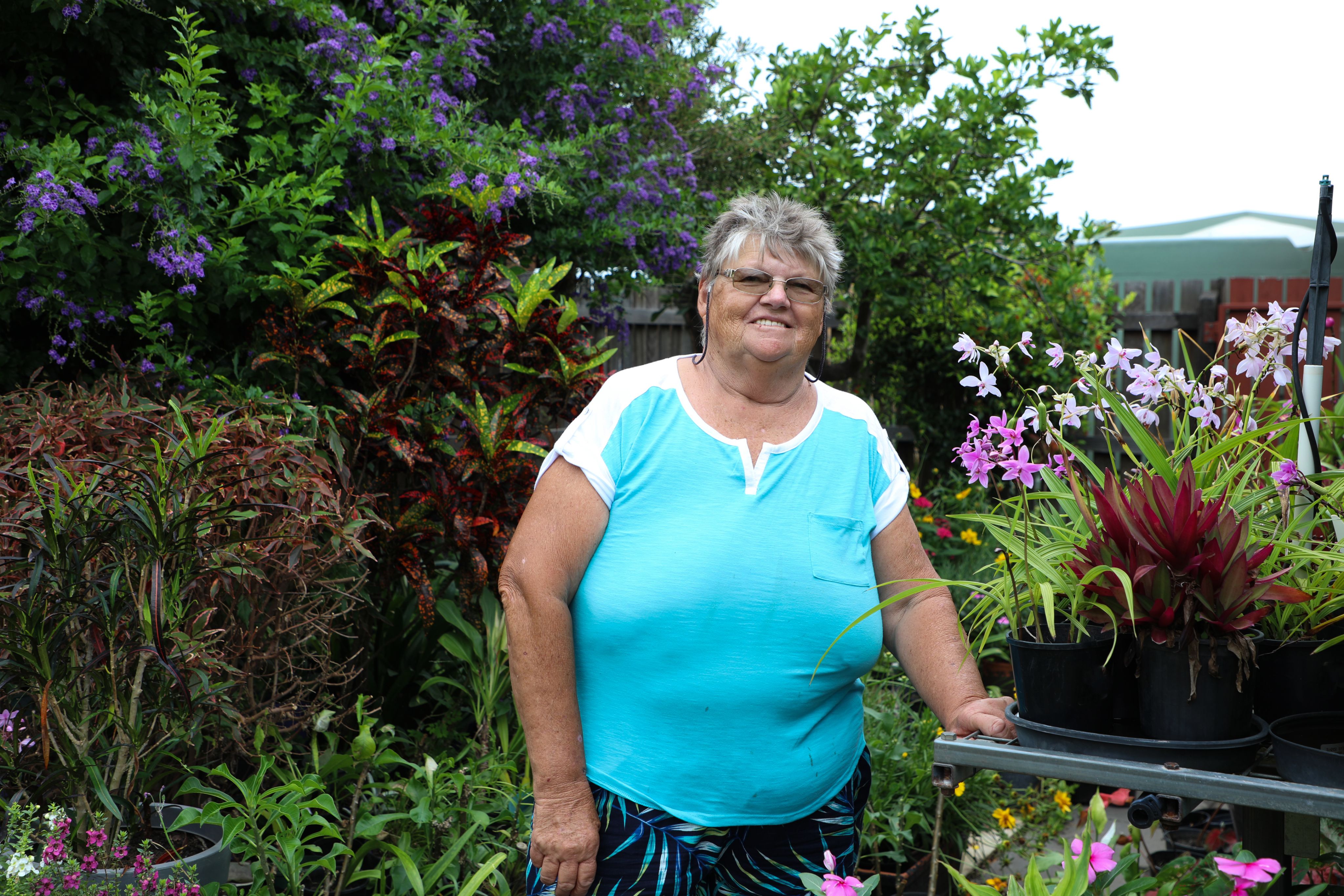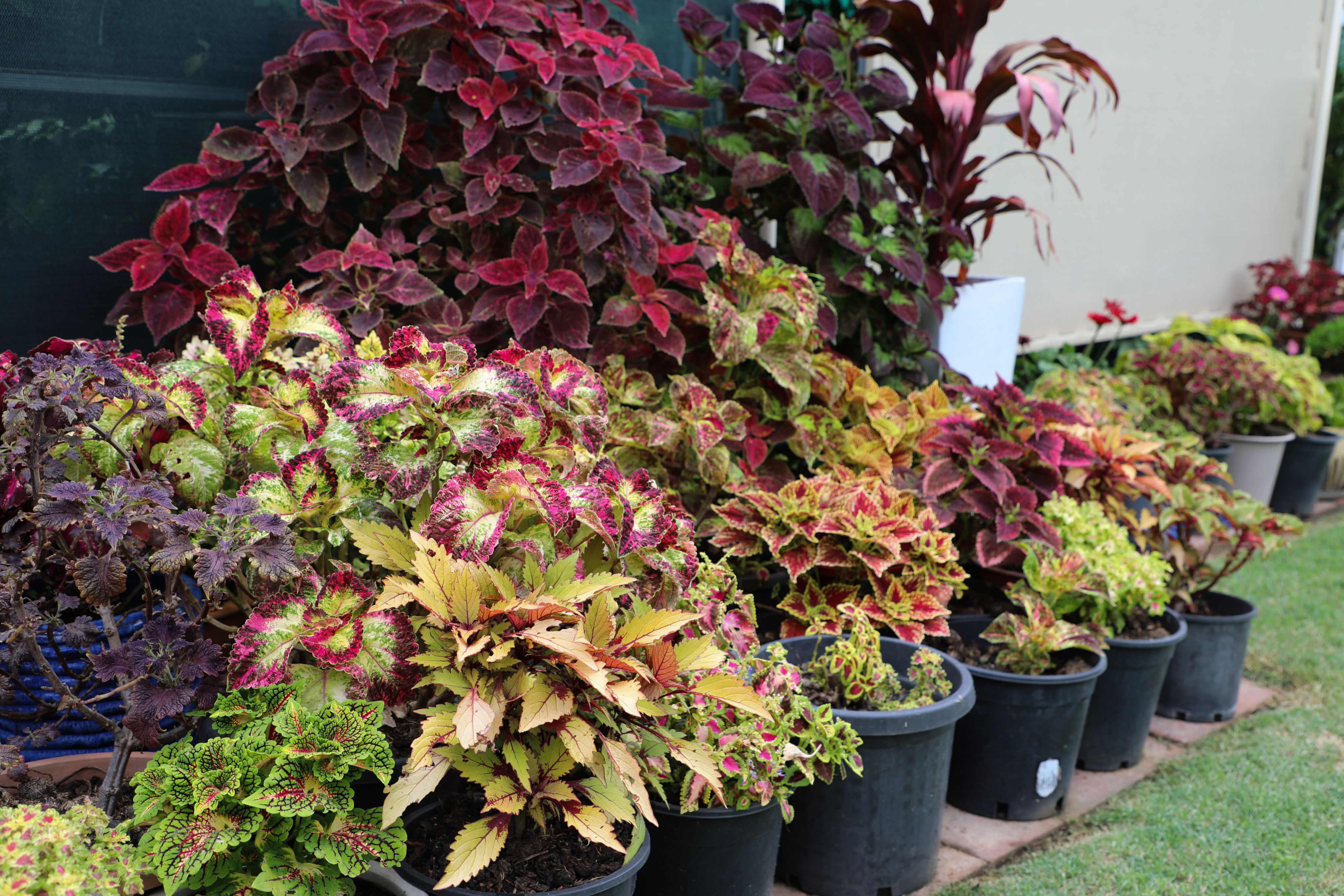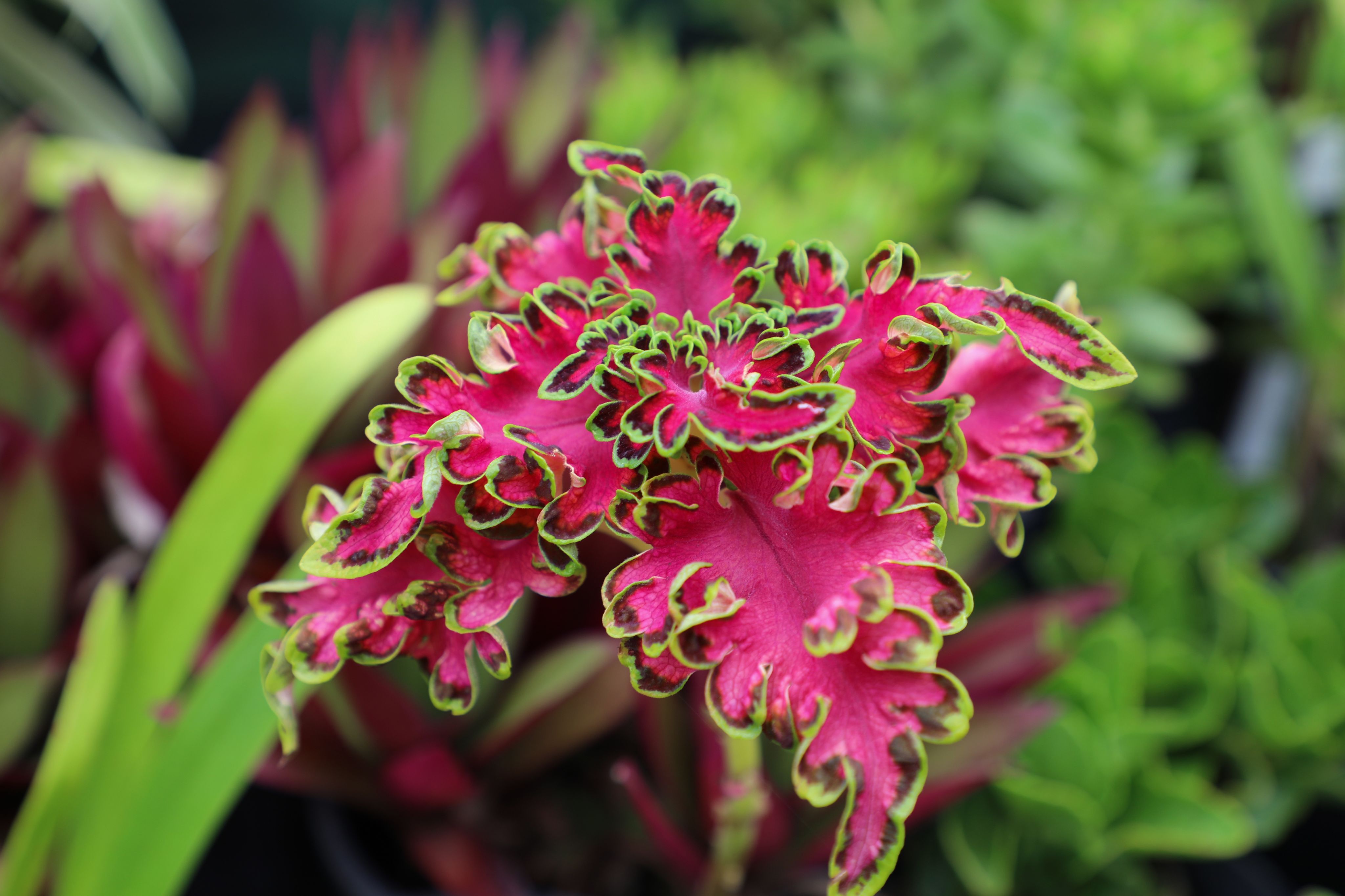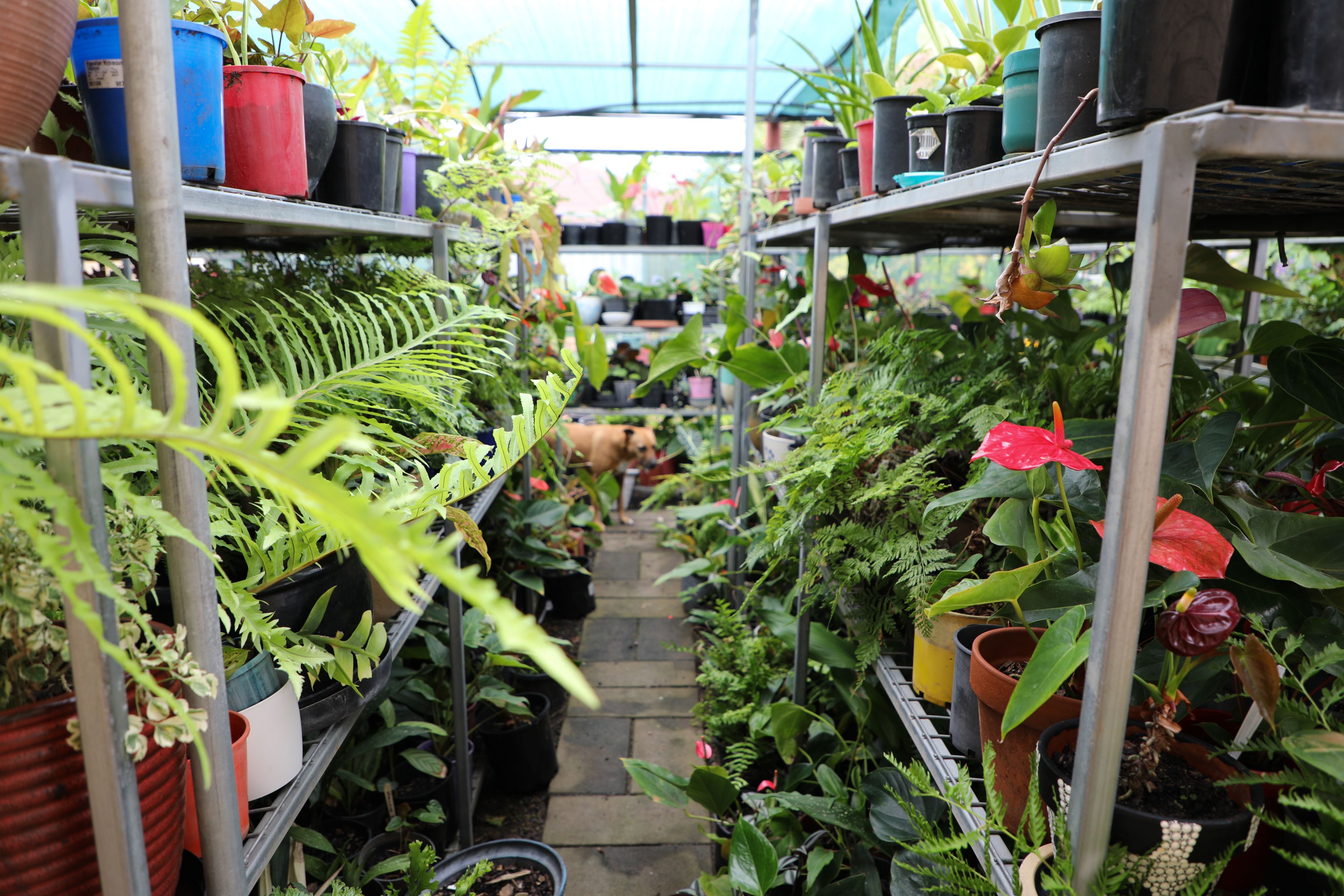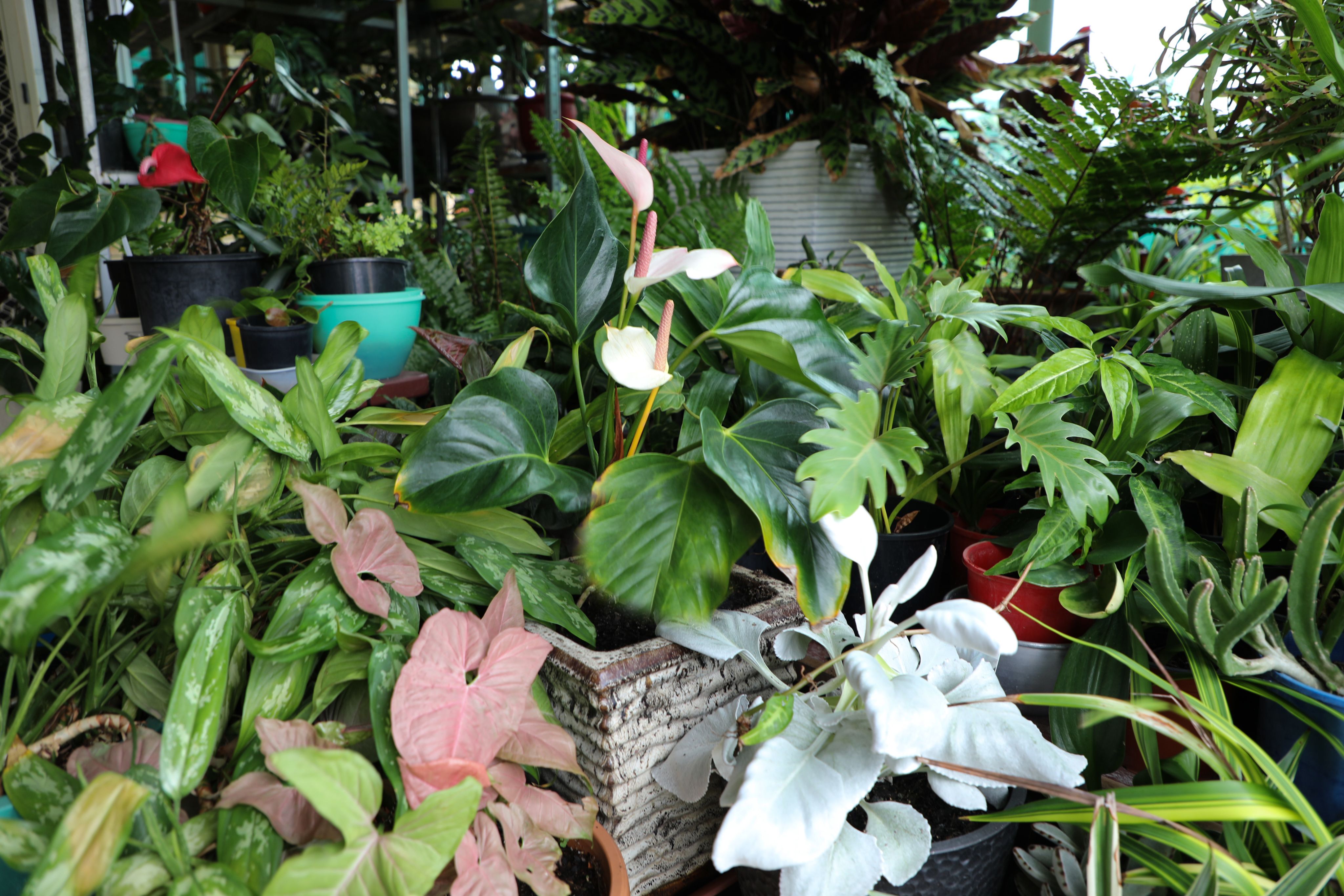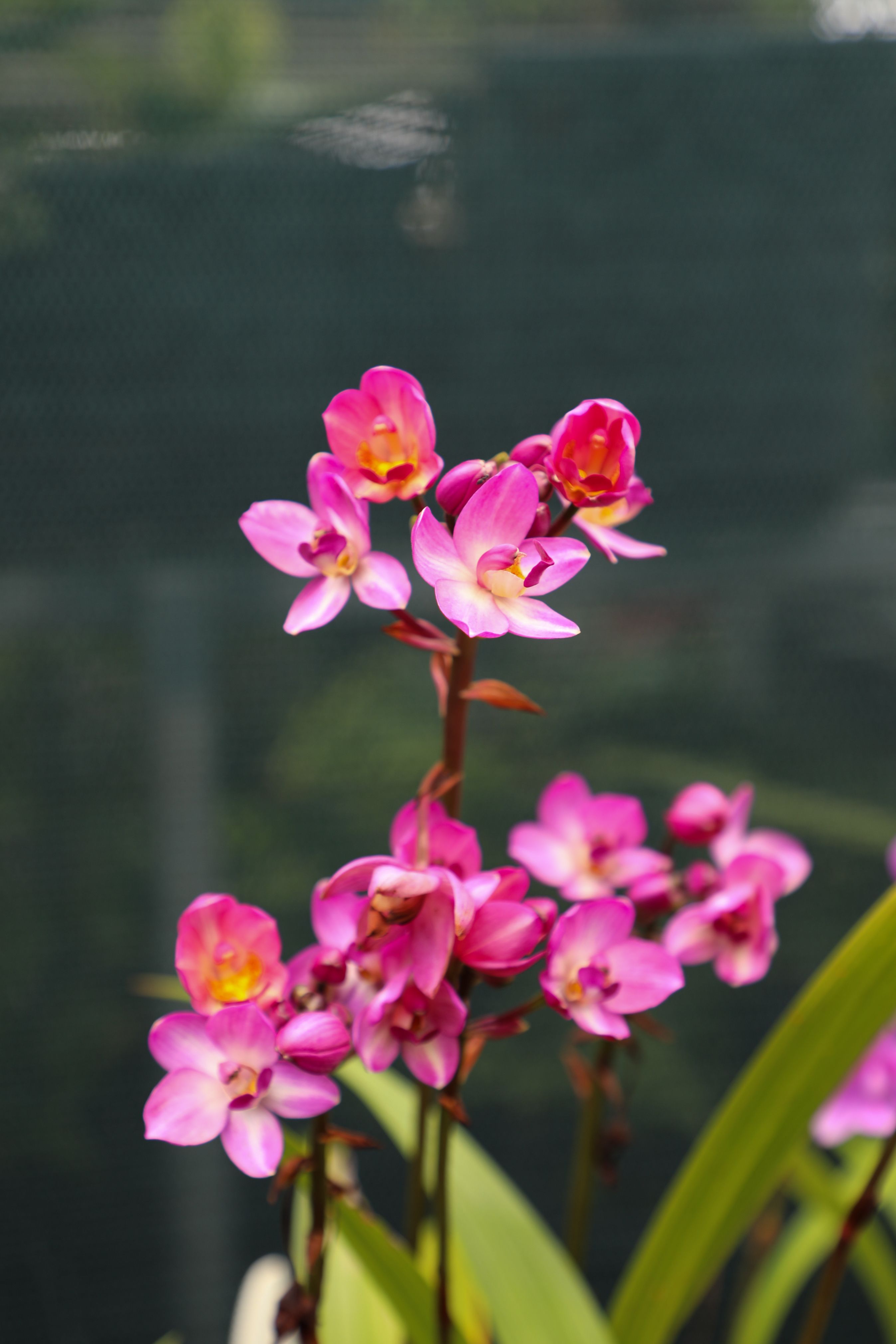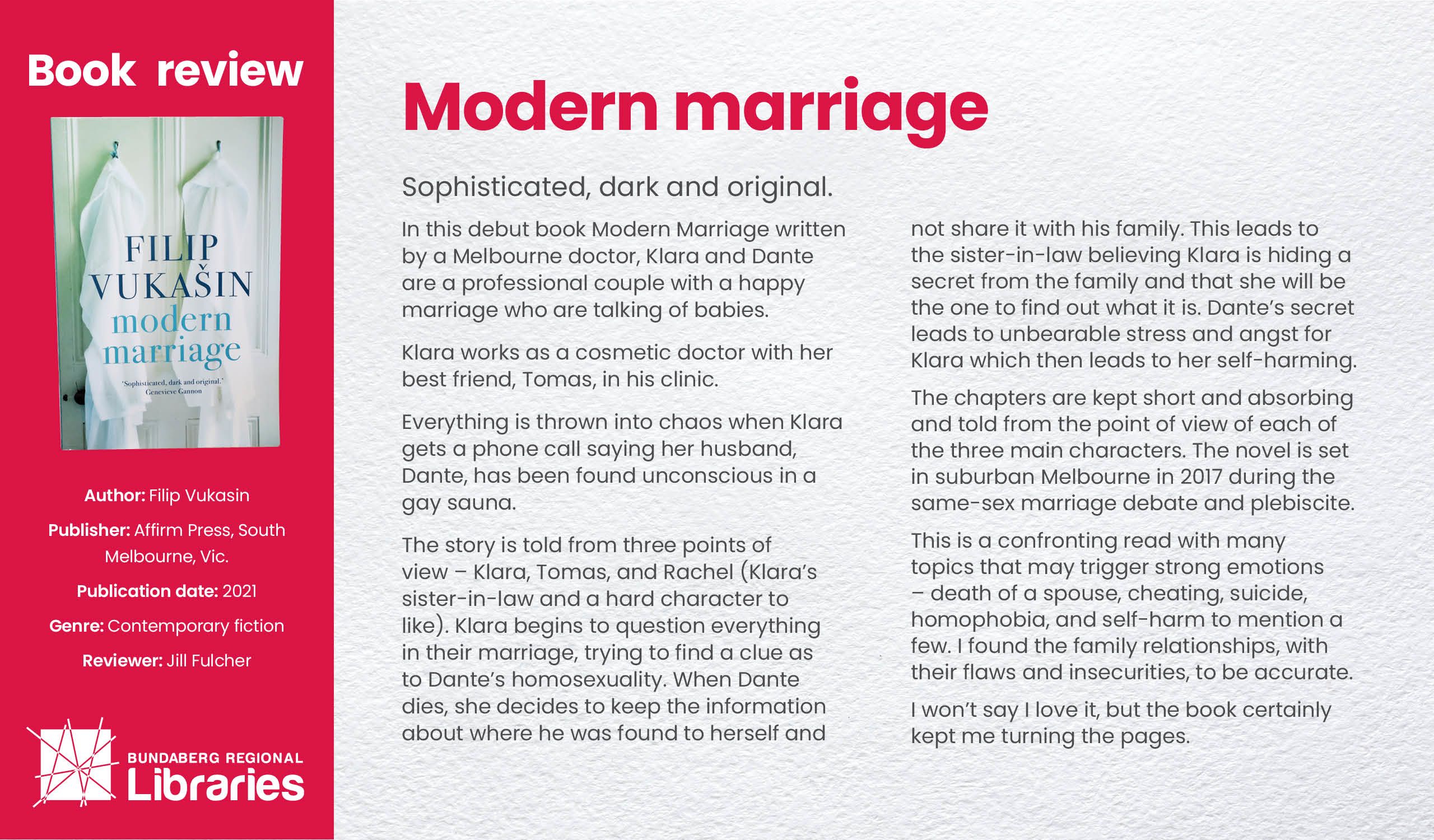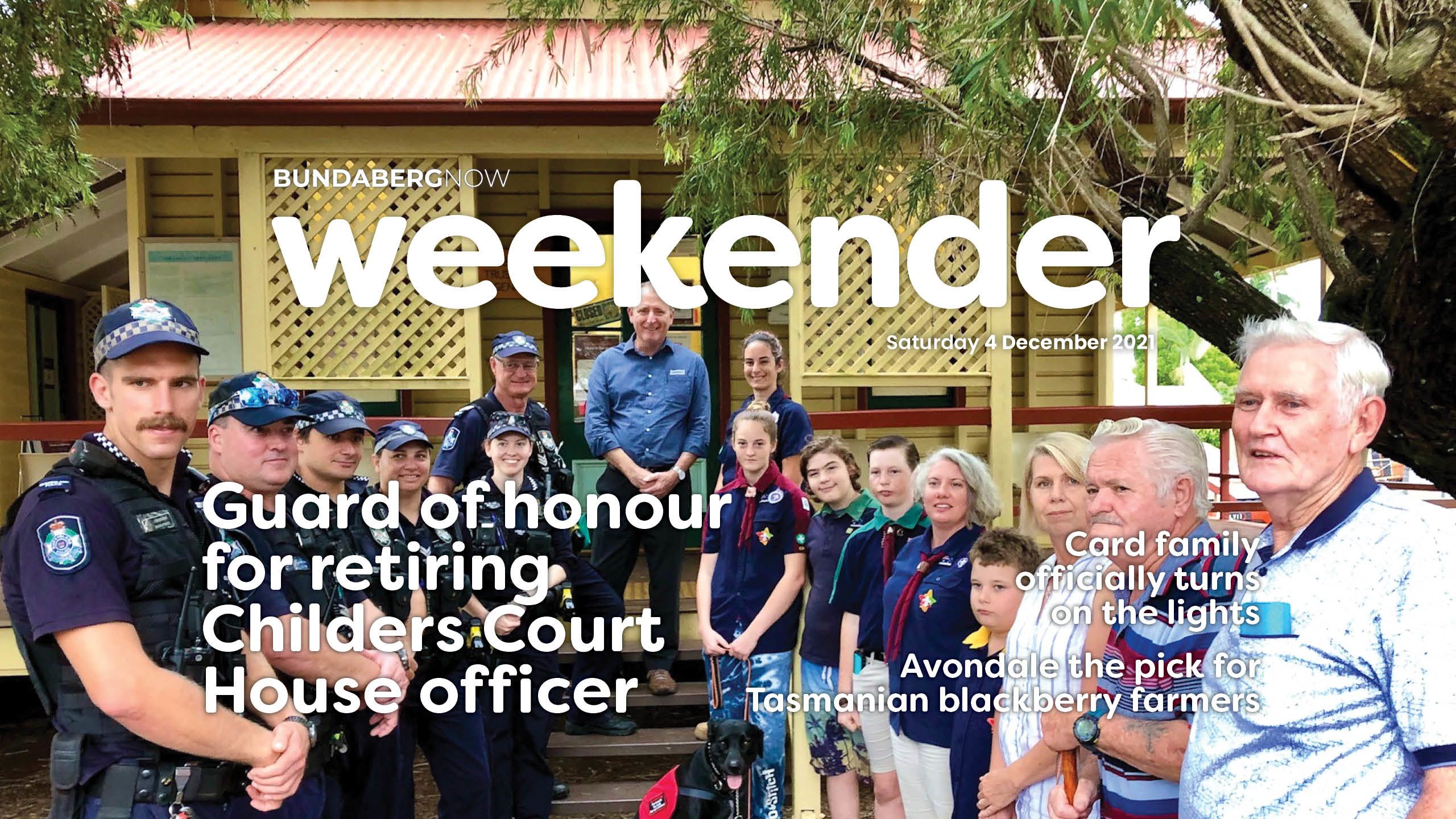
Contents
Card family joins Mayor for turning on of the lights
Retiring Childers Court House officer honoured
Mozzies on the move after wet weather
Tasmanian berry farm opens site in Bundaberg
Cheers! The pub with no beer celebrates one year
Allan Baker cherishes history in family museum
Moore Park SLSC to provide gift wrapping service
Podcast: Gallery staff share ghostly tales
Shorebirds a vital part of coastal ecosystem
What's On Bundaberg
Dianne’s plant collection radiant year round
Recipe: Unicorn muesli
Book review: Modern marriage
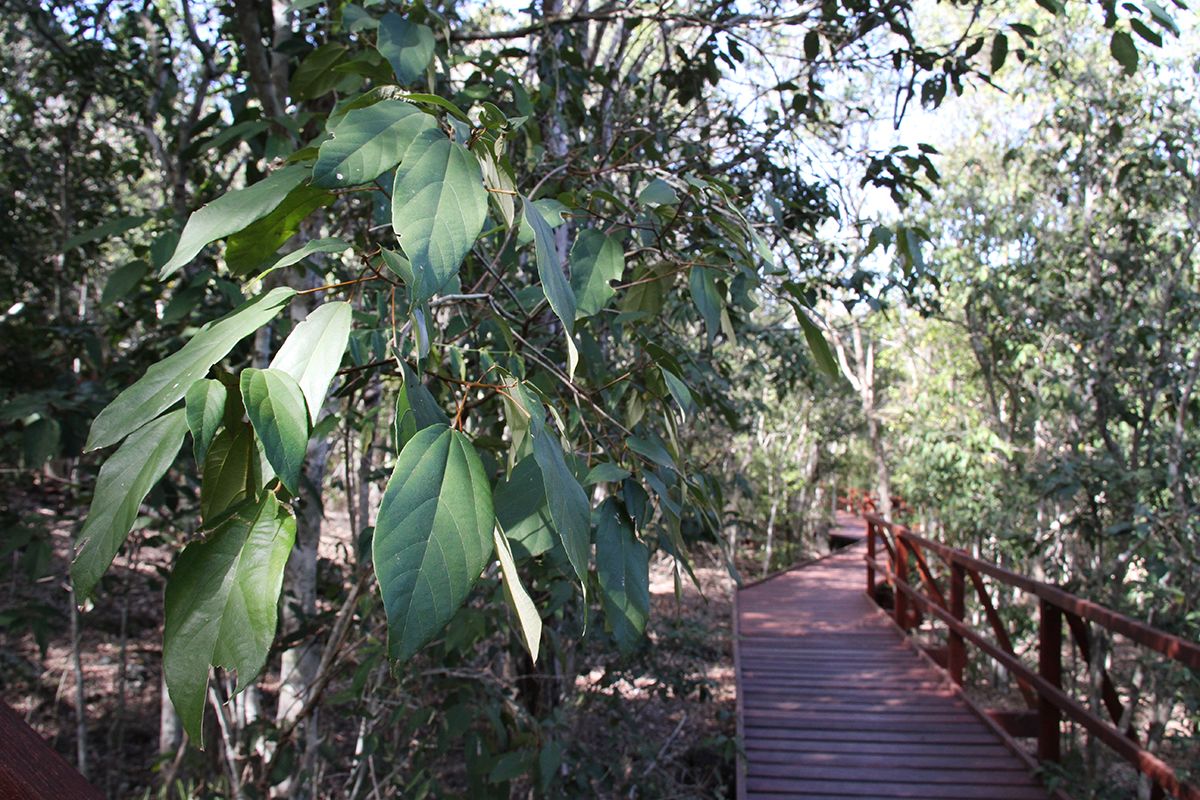
Card family joins Mayor for turning on of the lights
Megan Dean
Lylee Card spends much of her time in hospital so her sisters Siena, Millie and Evee cherished the opportunity to share a special moment with her at the official turning on of the Bundaberg Region Christmas lights.
The five-year-old was diagnosed with the rare metabolic condition Congenital Disorders of Glycosylation.
Her parents were told she may not survive her first year of life.
That’s why her mother Kayla sees every moment spent with her as a blessing.
Along with father Matthew, the family joined Mayor Jack Dempsey to officially turn on the Christmas lights on December 1.
“It’s just a big honour,” Kayla said.
“We don’t know how long Lylee is going to be here, so it’s something we can do as a family and celebrate.”
Kayla kept the turning on of the lights a secret from her Christmas-loving girls until the day arrived.
“They were very excited,” she said.
Siena and Millie said it was “really special” to turn on the lights and agreed that the dazzling display was spectacular.
“It’s beautiful,” Millie said.
“I think they look amazing,” Siena added.
They said they were thrilled that Lylee was well enough to leave hospital and join them for the turning on of the lights.
“I think it’s really cool that they get to do it for her,” Siena said.
Mayor Jack Dempsey thanked the Card family for joining Council and turning on the lights on behalf of the entire Bundaberg Region community.
“What a fantastic night to shine a light on the spirit of Christmas,” Mayor Dempsey said.
“It was wonderful to be able to share this with the Card family and is a timely reminder to everyone that the festive season is a special time to spend with friends and family.”
When asked what they loved about Christmas, family was high on the list for both Siena and Millie.
“I like spending time with family and we get to open presents and stuff together,” Siena said.
“I love spending time with my family, Lylee being here for Christmas - because sometimes she’s not here - and I just love spending time with my family,” Millie said.
Kayla said Christmas was the best time of the year and they were blessed to celebrate with Lylee.
“It’s not only a hard year for her, it’s been a hard year for her sisters,” she said.
“It’s just something to bring joy to the family.
“Her condition is very life limiting. Because it’s so rare we don’t know what is going to happen.
“We’re just very grateful she’s here.”
The turning on of the lights marks the official start of the festive season in the Bundaberg Region the launch of Council’s 2021 Christmas program.



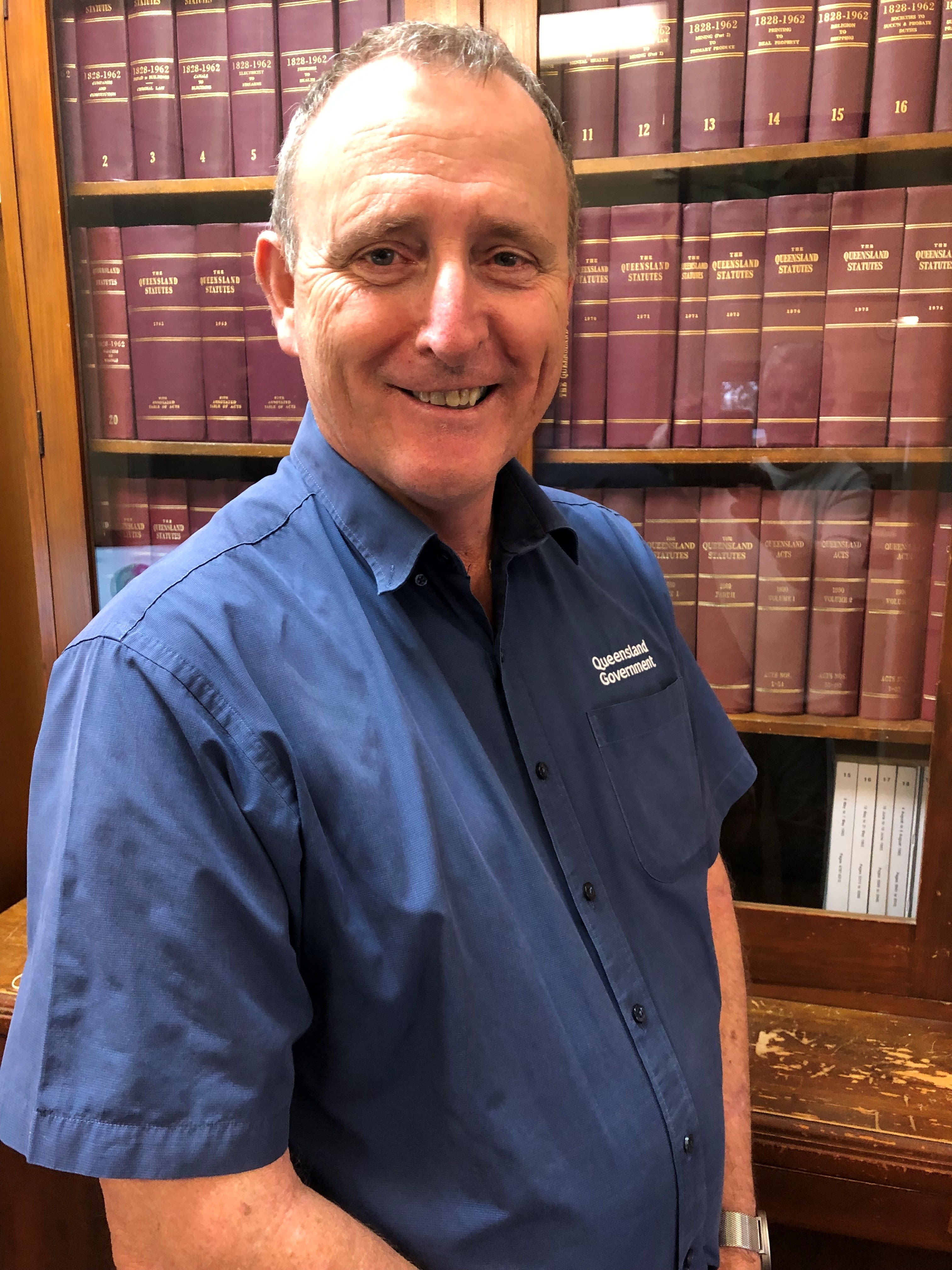
Retiring Childers Court House officer honoured
Wayne Heidrich
A guard of honour comprising police, scouts and community representatives was a reflection of the admiration and respect the community has for retiring Childers Court House officer Bob Edmiston.
It was a pleasant surprise for the long serving former Clerk of the Court and Manager of TMR Childers business as he turned the key to lock the Court House last Friday for a final time.
While Bob’s 23 year tenure at the Court House may have ended, locals were determined to ensure his final work day was memorable.
A strong contingent of Childers Police, members of Bob’s much-loved Childers Scouts group and community friends who just wanted to wish him well provided a lasting memory as they lined the path from the steps of the Court House to applaud his exit.
While his working career has spanned almost 45 years, most of the time has been spent in Childers where he settled with his wife Sandra and children.
“We liked Childers and decided we would stay until the kids had finalised their education.”
Bob’s working life commenced in St George and this was followed by moves to Caloundra and Barcaldine.
“Initially I considered accountancy as a profession but I’m more than satisfied with the career I enjoyed with the Justice Department and finally with TMR as manager of their services in Childers,” he said.
While larger population centres may be equipped with more grand Court House facilities than Bob has experienced in Childers, he wouldn't have it any other way.
“The building was constructed in 1897 and although there have been additions over the years the building is still very much the original structure.
Childers Court House built in 1897
The Court House is adjacent to the Heritage listed Post Office and former QATB (Ambulance) buildings at left and right while across the highway is a raft of Heritage listed buildings.
“I thrive on history and I admire this building just as it is. A lot of this community’s important undertakings have been transacted in this place.
“While times within the justice system have moved on, Bob is not certain modernisation has necessarily produced economies in time management.
“I used to live 750 metres from the Court House. I could leave home at 8.50 am and have the office open for business at 9am. Now it takes me 15 minutes to boot up the computer systems,” he laughed.
Bob never experienced any major incidents during his time as Clerk of the Court.
“I have always endeavoured to abide by the tried and proven adage that you treat people as you would want them to treat you.
“I have certainly seen some characters come and go through the doors of the Court Houses where I have served.
“When I was leaving Barcaldine there was a chap waiting to appear before the magistrate. He had just found out I was leaving and was anxious that he had nothing to give me as a parting gift,” Bob said.
“I told him it was unnecessary but he eyed me up and down and commented we were both around the same build.
“He removed a plaited belt, one which he had handmade, and presented it to me.
“I said to him that he couldn't appear before the magistrate wearing no belt. He just grinned cheekily and said it would help and that the magistrate may show a little pity if he thought he couldn’t afford a belt.
“I still have the belt to this day.”
A man with community at heart
Officer in Charge of Childers Police Sergeant Geoff Fay said the community was losing a valuable asset with the retirement of Bob Edmiston.
“You would not find anyone who would say a bad word about Bob,” Sergeant Fay said.
“He worked here in the heart of the community and there is no doubt he had the community at heart.
“Court proceedings can be puzzling for many people but Bob always freely gave any advice that was sought and regularly steered people to the right areas where they could get the professional advice they needed.”
Sergeant Fay said the youth of the community had benefitted from Bob’s involvement with the local Scout Group as its leader.
“The general consensus is that the Scouts locally may not have survived if not for the perseverance and effort of Bob.”
According to Bob he became interested in the Scouting movement while in Barcaldine and he was happy to continue that involvement in Childers.
“Young people get a lot out of the Scouts,” Bob said.
“It’s not just the friendships, leadership and skills that they develop but I feel it provided them with a degree of independence.
“They learn that they can achieve things they probably never would have normally attempted.”
Bob and Sandra, who share a love of bushwalking and the natural environment, plan to travel in coming months.
“We intend to stay in Childers and to continue to enjoy everything the district has to offer,” Bob said.


Involvement with the local Scouting movement was a passion for Bob Edmiston.
Involvement with the local Scouting movement was a passion for Bob Edmiston.
Mozzies on the move after wet weather
Ashley Schipper
A CQUniversity professor is warning residents that mosquitoes are on the move after recent wet weather across the region.
Professor and entomologist Andrew Taylor-Robinson is an expert in mosquito-transmitted diseases and said the widespread La Nina weather event was bringing a summer swarm of mozzies along with it.
“A combo of heavy rain, sodden ground and already brimming rivers is manna from heaven for mosquitoes,” he said.
“As the heat of summer arrives, mozzie season reaches its peak.
“The warm temperatures make them pass through their life cycle faster, so more eggs are laid and more hatch.”
Professor Taylor-Robinson said the Bundaberg Region was home to a number of mosquito species, the main being the Aedes notoscriptus or the Australian backyard mosquito.
“This is the major domestic pest species in eastern Australia,” he said.
“It readily bites humans by day in shaded areas but also feeds during evening, night and early morning.”
Beyond being an irritating pest, Professor Taylor-Robinson said mozzies could carry disease-causing pathogens.
He said dengue was the most significant mosquito-borne viral disease globally.
“In Australia, thankfully very few locally acquired cases are reported (usually in Far North Queensland), transmitted by Aedes aegypti.
“However, it is worth considering that many of the other mozzie species throughout Queensland pose more of a threat than just an itchy bite.
“This includes Aedes notoscriptus, the Australian backyard mosquito.”
Professor Taylor-Robinson said to help reduce the threat of disease-carrying mosquitoes, local authorities, including Bundaberg Regional Council, were working with state-of-the-art technology.
“Local authorities in many parts of Queensland, as well as other states and territories, routinely undertake surveillance to identify and monitor numbers of mozzies and to detect mosquito-borne pathogens,” he said.
“In regard to the important mosquito surveillance work of Bundaberg Regional Council, the microscopical examination undertaken by the Environmental Health Services team is a cutting-edge identification system.
“This provides an early warning mechanism at a very local scale to detect mosquito species that are vectors of viruses of known or potential public health concern.”
Professor Taylor-Robinson said all mosquitoes needed still or stagnant water to complete their life cycle.
He said removing potential breeding sites in your yard and draining any standing water near your home was just some of the ways to reduce mosquitos.
“In order to reduce the prospect of you providing a gourmet blood meal, it is sensible to remind ourselves of the familiar yet excellent advice on how to avoid being bitten,” Professor Taylor-Robinson advised.
Professor Taylor-Robinson’s tips for a mozzie-free summer
• Keep mozzies from entering indoors – install or repair insect screens on doors and windows, especially in bedrooms;
• Keep mozzies away outdoors – sleep under a mosquito net when camping in a mozzie hot spot;
• Stop mozzies biting – apply an effective chemical repellent containing either DEET or Picaridi or try a natural repellent, notably oil of lemon eucalyptus (Eucalyptus citriodora);
• Wear the right clothes outdoors – slip on loose-fitting clothing, light-coloured and long if possible;
• Make yourself less appealing – plug in an insecticide vaporiser (indoors) or burn a mosquito coil (outdoors).
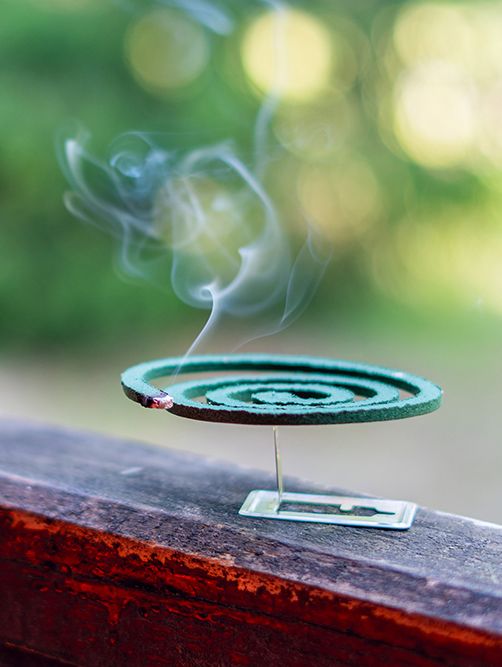
Tasmanian farming family plants roots in Bundaberg
Ashley Schipper
A new farm has been established in the Bundaberg Region with the family behind Hillwood Berries expanding their Tasmanian venture into Avondale.
The business was started in Hillwood, Tasmania and supplies four types of berries to popular supermarket brand Driscoll's.
Hillwood Berry completed its first season at its new Bundaberg location from May to October this year with 1.5 hectares of blackberries and raspberries harvested.
Managing director Marcus Dornauf said Hillwood's interstate operations had expanded to the Avondale property in order to get the most out of the winter growing season.
“We were looking for a region to grow berries in the winter season to help manage our large labour numbers from our summer production here in Tasmania,” he said.
“Queensland was the best choice and we chose Bundaberg for a number of reasons with the main being a great climate to grow berries.”
Marcus said Hillwood Berries was originally established on the East Tamar River, 20 minutes drive from Launceston.
“We have been growing berries since 2010,” he said.
“We began growing only strawberries but have now transitioned to grow four berry types and have worked with Driscoll’s since the beginning.”
Marcus said the new Bundaberg farm grew three types of berries, with harvesting season beginning from May to October.
He said the planting season would kick off in January 2022.
“We will be predominately blackberries but will also have a small area of raspberries and strawberries,” he said.
“The Bundaberg site will have a staff requirement of around 60 to 70 workers in its peak with the off season needing about 20.
“We currently use over 400 workers in our Tasmanian peak and hope to be able to have similar numbers for Bundaberg in the not-too-distant future.”
Bundaberg berry farm choose to operate from AgTech Hub
To assist with the farm's administration operations, Marcus said Bundaberg Regional Council's new AgTech Hub would became their base.
The hub is a new facility that provides a home for developers and practitioners in a burgeoning regional agtech ecosystem that will see the region remain at the cutting edge of agricultural production in Australia.
The centre offers space for long-term leases where agtech contributors can network directly with Council, university research and development teams, natural resource management professionals and the private sector.
“We love the idea of the AgTech hub, we asked to see it and then almost signed up immediately,” Marcus said.
“It’s a fantastic facility, the layout is great and has all the necessities an office space needs without having to invest in those things ourselves.
“We plan to spend our time and money building our berry business so the AgTech seemed like a perfect place to house the office and admin side of the operation.
“We are new to the area so also felt it was a great way to meet other businesses in ag and horticulture that farm in the Bundaberg Region.”
Dornauf family's history with berries
Hillwood Berries is the passion of Robin and Karen Dornauf and their two sons, Simon and Marcus.
The Dornauf family have a long history with berries, dating back to 1985 when Robin planted the first raspberry canes at their Christmas Hills Raspberry Farm.
After establishing the raspberry farm, Robin left the berry industry to concentrate on his dairy businesses.
An opportunity to move his dairy business to an existing dairy factory in Hillwood in 2010 resulted in an unanticipated opportunity for Robin, and now his son Simon, to rekindle their passion for berries.
Robin and Simon developed the surrounding 40 hectares that came with the dairy factory into a new modern berry farm.
A few years later Robin’s second son Marcus returned from his studies in the USA to join the family venture and help further grow the business to its current 37 hectare size.
Their Bundaberg farm has become the next chapter in their journey.
Find out more about Hillwood Berries here.
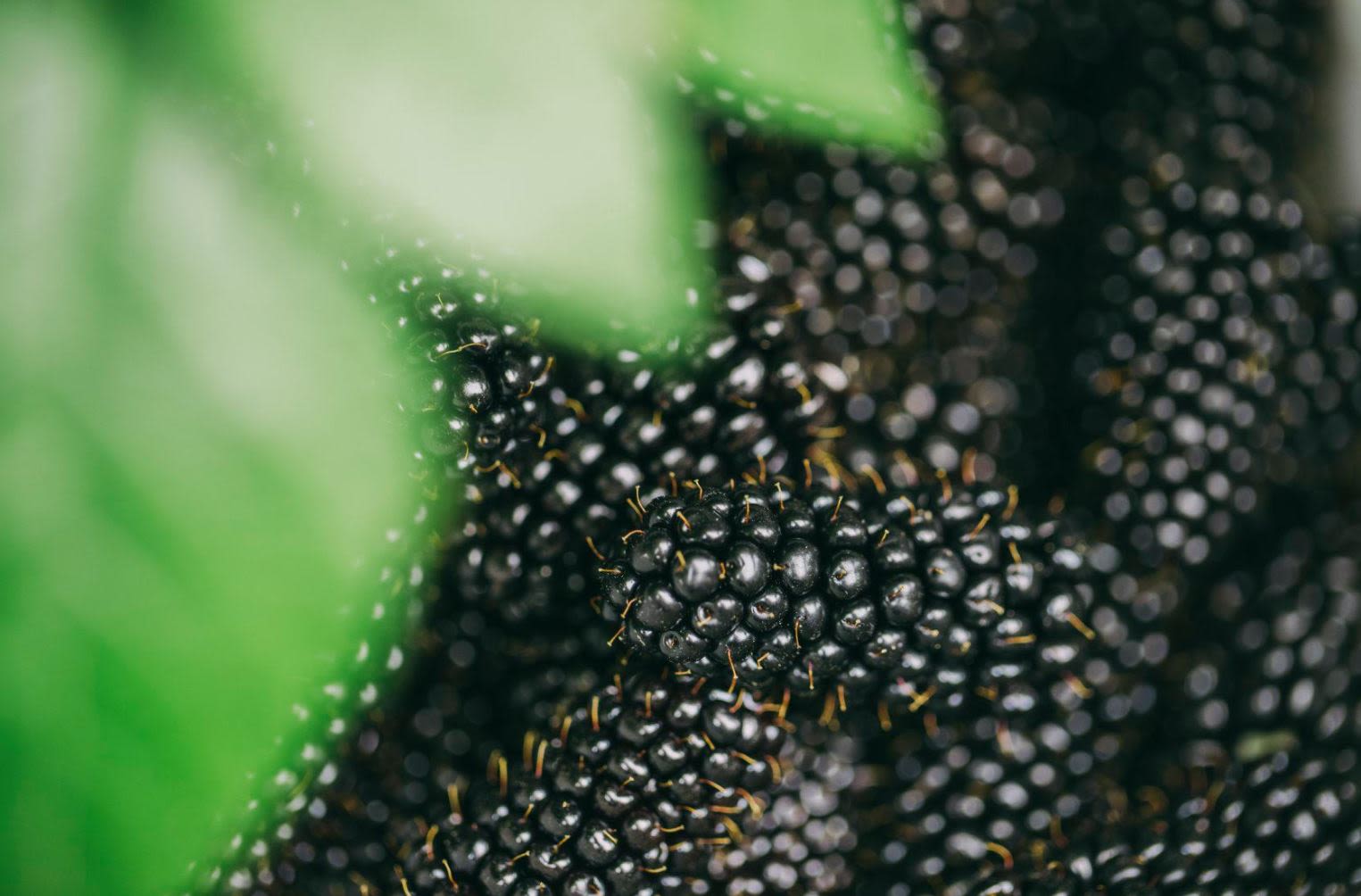
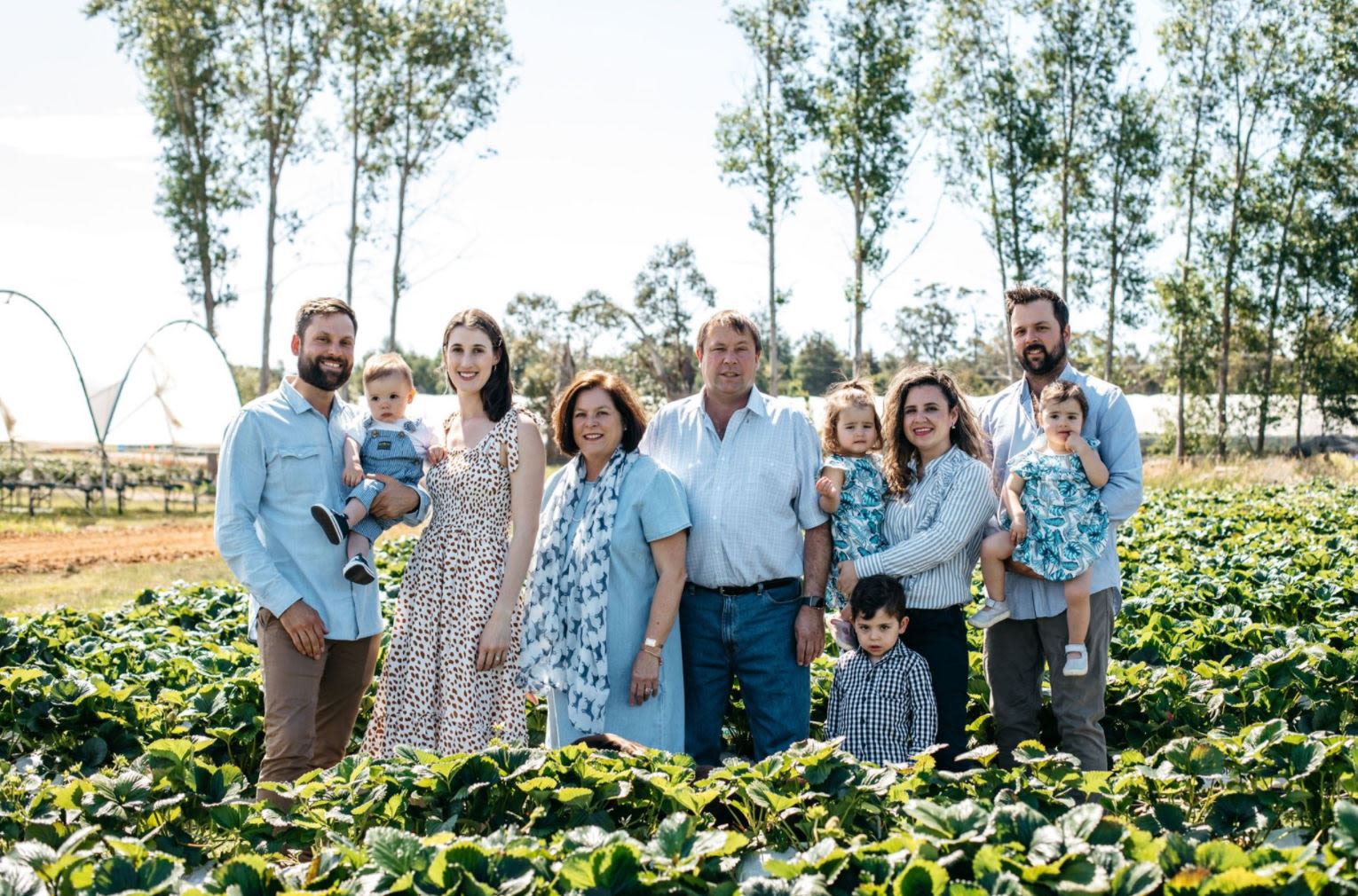
Cheers! The pub with no beer celebrates one year
Ashley Schipper
Owners of The Yandaran Hotel are celebrating their first year in business after bringing back “the pub with no beer” from the brink of permanent closure.
Abbie Grayson and Colin Ahern took over the iconic watering hole, known to locals as The Yannie, 12 months ago after it was closed and with no beer flowing from the taps for 541 days.
“Our first year has been out of this world and we have received fantastic support from locals and travellers,” Abbie said.
“We have been working hard with renovating and making the venue comfortable and welcoming.”
Abbie said she had loved every minute of pub life and it was all thanks to the special customers she served.
“Every day is a highlight as every day is different,” she said.
“Being close to holidaying destinations means we meet new people every day.
“We always strive to make our customers feel welcome and really enjoy their time with us.”
The historic country hotel served its first beer in 1900 and there have been plenty of changes to the building since then, especially in the past 12 months.
“Our kitchen has been operating for some time after receiving a 5 star rating from the Council,” Abbie said.
“Also, our coffee shop has been well received, open Saturday and Sunday at the moment from 10 am to 2 pm.
“Our motel rooms are open for bookings now that we have renovated and refurbished them and installed air conditioners.”
Abbie said while there had been many highlights, the year had also come with its set of challenges which had been heightened due to the pandemic.
“The biggest challenge has obviously been the Covid issue,” she said.
“Not only do we have to operate under strict restrictions but there is always a constant battle with customers about signing in.
“Keeping our customers healthy is extremely important to us and we are constantly cleaning and sanitizing.”
But with a positive outlook, Abbie and Colin said they soldiered on and couldn't wait to see what the next 12 months would bring.
The Yandaran Hotel owners said continuing to support the local community and local musicians was part of their resolution list for 2022.
“We are in the process of organising regular open mic nights plus we have a Battle of the Bands event happening early in the year,” Abbie said.
“We think it's important to help up-and-coming musicians to have a venue where they can gain confidence in front of a great audience of local music lovers.”
Celebration of The Yandaran Hotel
To celebrate their one year anniversary at The Yannie, Abbie and Colin said they would be hosting a party on Friday 17 December 2021.
“It will be a fantastic night with lots of giveaways and great music,” Abbie said.
“We will be once again raising funds for Camp Gregory Veterans Retreat with raffles.”
To find out more go to The Yandaran Hotel Facebook page.
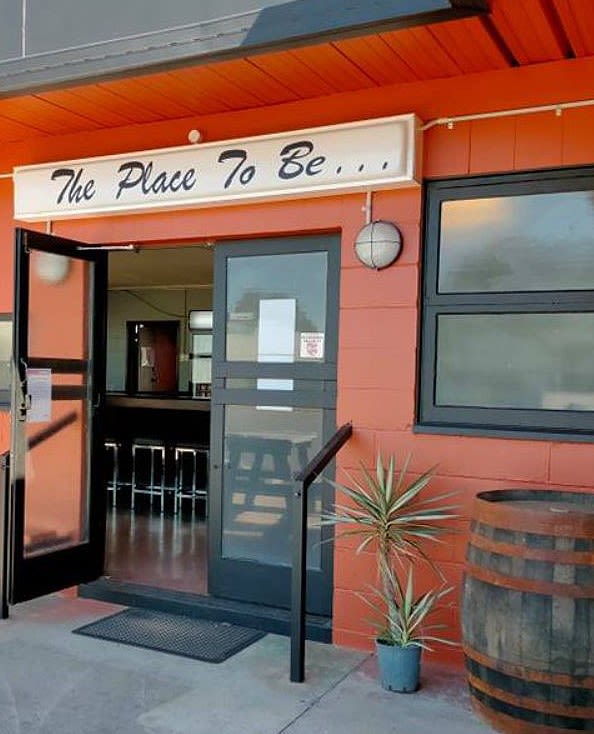
Allan Baker cherishes history in family museum
Ashley Schipper
A passion for preserving history has been an important part of life for Childers man Allan Baker OAM.
The 85-year-old and has keen interest in historic items has been profiled as part of the Bundaberg Regional Council Our People Our Stories initiative which celebrates local people.
Allan is well known in the region for his unique business called Bakers Military and Memorabilia Museum where treasures and trinkets dating back centuries fill the shelves.
“Up to 90 per cent of the memorabilia is donated from all over the world,” Allan said.
“A few months ago, a young girl came in and laughed at the old wind-up phones because she had never seen one.
“I said without them, you wouldn’t have what you have now!”
Allan has always had an interest in history and the military ever since he was a young boy and growing up, this was spurred on by his family's involvement in various wars.
“I am the youngest of eight children – one girl and seven boys and I am 15 minutes younger than my twin brother,” he said.
“I was between the wars. I was a nationalist in 1955 then discharged in 1961, in the artillery for six years and was on call twice in 1957 once to go to the Nepalese and once to go to Asia.
“I had four brothers fight in WWII, two in the army, two in the navy. Dad was in the light horse and so were two of my uncles.”
After moving to Childers in 2002 almost 20 years ago, Allan said he began filling up his shop with interesting items and these days, he shows no sign of slowing down the family business.
“What’s the plan for this place? My sons and daughter will carry this on and then it will be given to my 20 grandchildren and 27 great-grandchildren,” he said.
“All of the items that have been donated will stay with the Baker family.”
Besides his love for his museum, Allan also gave his time and effort to the community over the years, especially through the establishment of Neighbourhood Watch.
“I was one of the founding members of Queensland Neighbourhood Watch and Director of Queensland and was awarded an Order of Australia Medal,” he said.
“In 1988 we had heard about the organisation in New South Wales and we thought we could do that here.
“We would have 120 people attend the monthly meetings in Maryborough and we had some really good times.”
Allan said volunteering and being part of the local community was something that he had always enjoyed and urged others to do the same.
“There are so many things you can get involved with,” he said.
“Just go volunteer with the SES or Rural Fire Brigade, I was involved with them for seven years.
“Live in unity. Don’t go one way and think you are better than the other, work together.”

Moore Park SLSC to provide gift wrapping service
Georgia Neville
Moore Park Surf Life Saving Club is giving the gift of hassle free wrapping again this year, raising funds for its new clubhouse and nipper program.
The dedicated volunteers will be offering a gift wrapping service at Sugarland from Saturday, 4 December.
With the club raising much needed funds, shoppers are encouraged to get their presents wrapped for a gold coin donation or
Moore Park SLSC President Leigh Schuh said the funds raised will go towards projects within the surf club to provide opportunities for their members.
“The funds raised go towards our new clubhouse and our Nipper Program and this is the 17th year we have provided this service to the community,” Leigh said.
“People are able to bring their gifts to the wrapping station to be wrapped in return for a gold coin donation or pay via EFTPOS (minimum $5 donation).
“This has been a great community partnership and it is well supported by the members of the public.”
The wrapping station will be located between Ally and QML in front of the display window in Sugarland Shopping Centre, beginning on Saturday 4 December.
From Monday 6 December, the wrapping will be available every day until Friday, 24 December open 10 am until 2 pm daily, extending the hours until 4 pm closer to Christmas Eve.
Due to COVID restrictions, no change can be given.
About Moore Park Surf Life Saving Club
Moore Park Surf Life Saving Club was founded at a meeting on 9 August, 1954 as a memorial to the men and women of the district who had served their country at war.
Foundation members camped for the weekend to patrol the North coast beach (Moore Park Beach).
The first clubhouse was a tent, a rusty shark tower and wind up shark alarm donated from another club and a 10 ft fishing boat for rescues and training.
Their volunteer members provide emergency search/rescue and first aid, deliver surf safety and provide preventative programs to ensure beach visitors avoid danger.

Podcast: Former gallery staff share ghostly tales
Adele Bennett
Welcome to Hidden Histories: Bundaberg Regional Art Gallery, the third episode of series two of the Bundaberg Now Podcast.
If its walls could talk the Bundaberg Regional Art Gallery would have plenty of stories to tell from its previous lives as Customs House, a bank and a library.
Former staff have shared stories about the historic building’s quirks, some spooky encounters and share their own special connection to the building.
Roana O'Neill, who has worked in the building in Council's gallery team, remembers visiting artists having close encounters of the spooky kind.
The living quarters for the visiting artists is located on the second floor of the building, but not everyone enjoyed a good night sleep.
“She was outside of the building, quite frightened and I got out of the car and asked if everything was okay,” Roana said.
“She'd had some sort of energy ball or orb in her bedroom with her that had kept her up all night. And her phone had been doing very odd things and she was quite scared and very frightened.”
Chris Spence spent 10 years working in the gallery and recalls how, on one occassion, a child's frightened scream sent her running upstairs to the upper exhibition space.
“And I said to him, what's wrong? And he said, I saw a ghost… ” Chris said.
“But he was, you know, very, very frightened. It wasn't a case of he was just messing around. He actually believed he saw something.”

Shorebirds a vital part of region's coastal ecosystem
Ashley Schipper
Bundaberg's coastline is proving to be the perfect resting places for migratory birds, with many rare species travelling great distances to nest in the region.
According to the Burnett Mary Regional Group's Samuel Groom, birds are key indicators of the health of ecosystems.
“Poor ecosystems have fewer species and numbers of shorebirds, whereas healthy ecosystems have flourishing shorebird colonies,” he said.
The Burnett Mary Regional Group is the peak body for natural resource management for the region comprising of the Burnett and Mary River catchments and the associated sub-catchment areas of the Kolan, Elliott, Gregory, Baffle, Burrum and Isis rivers.
BMRG delivers practical solutions that protect and enhance our region's natural assets, including local bird life.
Samuel said most of the coastal birds in the Bundaberg Region travelled to feed from the northern hemisphere.
He said some of the species were particularly interesting.
“The bar-tailed godwit, which is migratory and breeds in Alaska, is known to have travelled 12,000km non-stop,” he said.
“It's the longest journey of any animal on the planet.”
Some of the other common birds that inhabit the coastal areas of the region include:
• Red-capped Plover – resident breeder
• Far Eastern Curlew – critically endangered, migratory, breeds in Siberia
• Curlew Sandpiper – critically endangered, migratory, breeds in Siberia
• Sharp-tailed Sandpiper, migratory, breeds in Alaska
Samuel said residents could do their part in protecting local bird life by following a few simple rules.
“Keep pets away from birds on beaches,” he said.
“Don’t chase or otherwise disturb birds, especially when they have just arrived (around September and October) or when getting ready to leave in March and April.
“Having to take to the wing more than twice after they arrive can kill them due to exhaustion.”
Black noddy investigation by DES
Earlier this year black noddies were the migratory shorebirds making headlines, with unexplained deaths along the South East Coast, including the Bundaberg Region.
The cause was widely reported on social media as being due to exhaustion.
However, a detailed investigation in Mackay by the Department of Environment and Science was unable to definitively determine what actually caused the large number of black noddies to become unwell and die.
Organisations work together to help Bundaberg's shorebird population
BMRG, in partnership with Birdlife Australia and Gladstone Ports Corporation, routinely survey shorebirds and construct floating roosts to allow them to rest closer to their foraging grounds.
The organisation also conducts fox eradication through the Nest to Ocean Project, which aids birds as well as turtles.
Recently, Bundaberg Regional Council has introduced new signage leading to Dr May's Island in Elliott Heads to remind visitors of the migratory birds in the area.
The island is out of bounds between the months of September to April, when shorebirds nest.
The rare birds, including the beach stone curlew and sooty oyster catcher, nest every year on the island after they migrate from Siberia and the Arctic Circle.
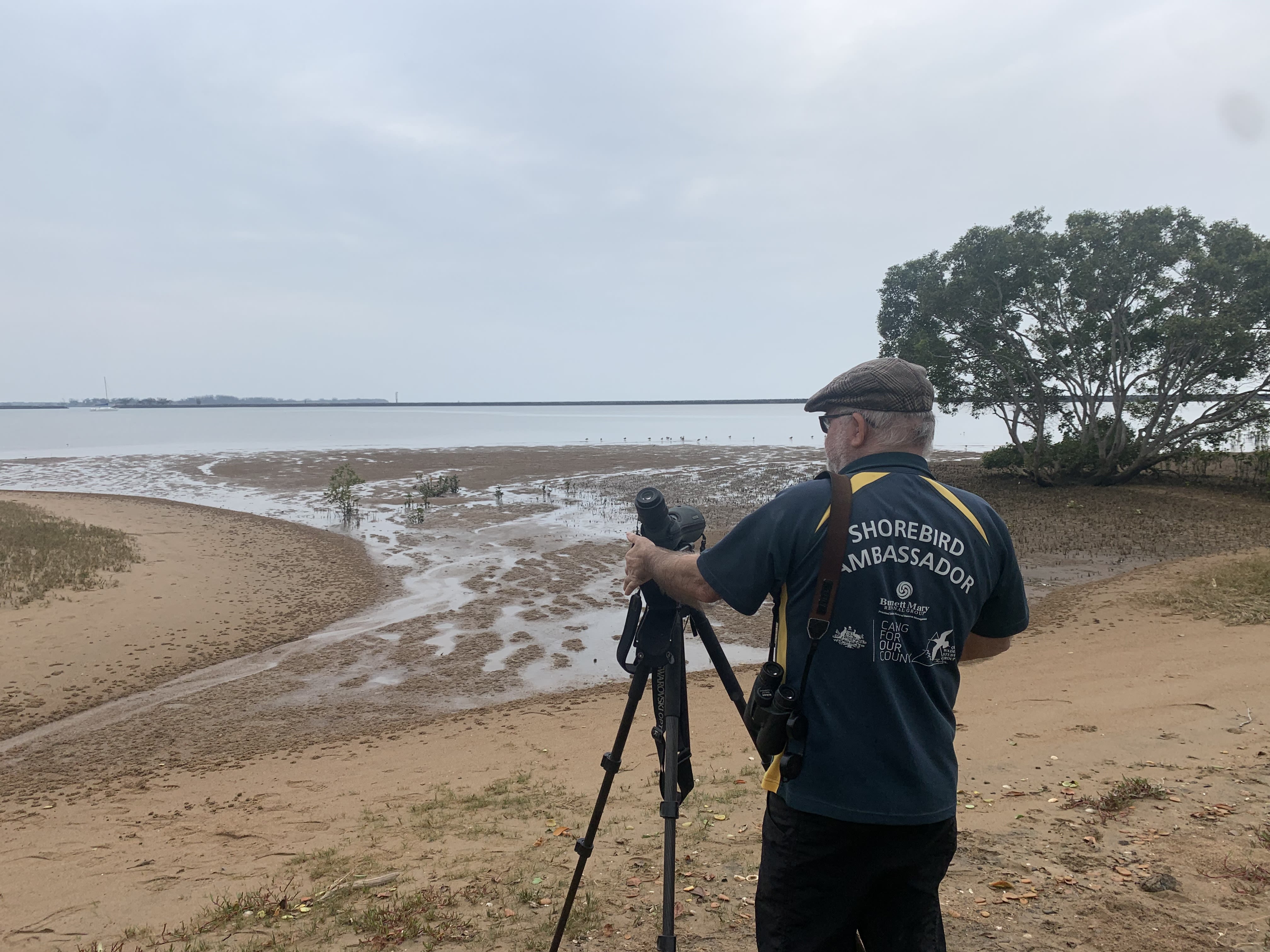

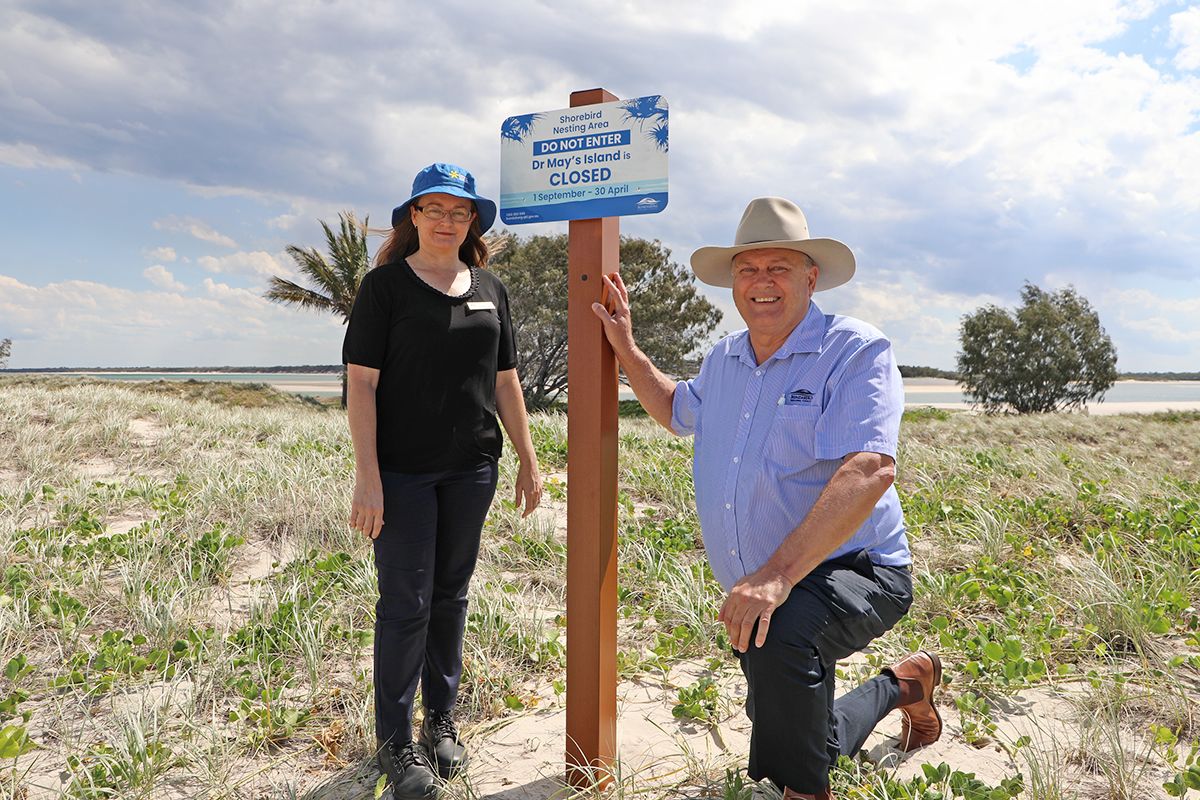

Dianne’s plant collection radiant year round
Morgan Everett
Dianne Rossow’s floral oasis blooms bright in her East Bundaberg home, with her collection of indoor and outdoor plants reaching the thousands and thriving in her care.
Her sizeable collection is found in a fern house and undercover patio, in addition to her a garden which wraps around the entire house.
“We have lived here for 14 years, and it has taken all that time living here to get to where my garden is now,” Dianne said.
“I have gradually added different plants as I see them in the nurseries.”
When they moved into the house, there were garden beds in place but Dianne said nothing was planted in a suitable place for growing.
She was then eager to get some colour in the garden using a variety of different plants.
Not facing any challenges has been a blessing for Dianne.
“Most plants seem to thrive both in gardens and pots so I can just go with the flow and plant anything I fancy,” she said.
“I just love lots of colour either in flowers or the plants themselves.”
Dianne said she spent every day in her garden, which gave her the opportunity to escape reality.
“I would recommend gardening to everyone, whether it be in a small or large space,” she said.
“You may really surprise yourself.
“To see your plants grow is encouraging and therapy to help us through these changed times.”
The avid gardener said it was very special when her fern house was built a few years ago, becoming home to a wide variety of indoor plant species.
When walking around her garden Dianne said something was always in flower, with her favourite currently being caladiums.
“At the moment the caladiums are making a very special show, just wish they were up all year round,” she said.
“My garden is my therapy, I just spend all day out there pottering around,” she said.
